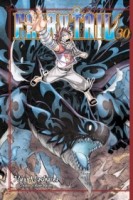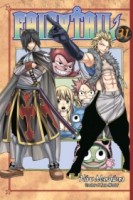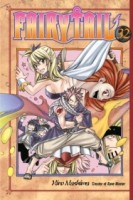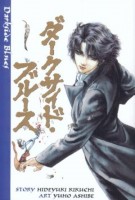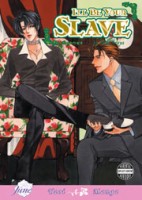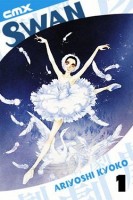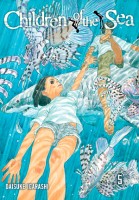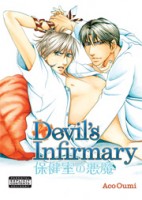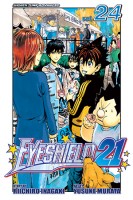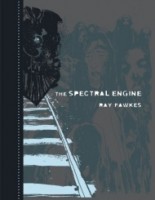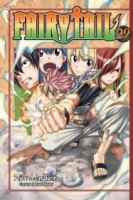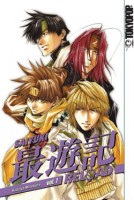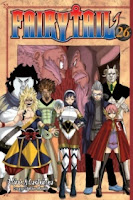For those of you in the United States, a Happy Thanksgiving! And for those of you who are not, a Happy End of November! And since it is the end of the month, that means it’s time for another giveaway here at Experiments in Manga. As is tradition, and because Thanksgiving is my favorite holiday, November’s manga giveaway will feature multiples volumes. In this case, I have a Fairy Tail feast in store for one lucky participant. This month you’ll all have a chance to win volumes thirty, thirty-one, and thirty-two of Hiro Mashima’s manga series Fairy Tail as published by Kodansha Comics. As always, the giveaway is open worldwide!
Bonus! Hungry for even more Fairy Tail? Funimation has been kind enough to provide an early copy of the movie Fairy Tail: Phoenix Priestess for this giveaway! Scheduled for release in December, you have a chance to win it now, or guarantee a copy by pre-ordering it.
Fairy Tail recently reached a milestone in its English publication. It can now claim its place among all of the series that have lasted for at least thirty volumes in English. In part because of its length, Fairy Tail is a series that I probably would have never gotten around to reading except that someone very deliberately put the manga into my hand. For me, I don’t bat an eye when a manga reaches ten or so volumes. When a series is around twenty volumes, I still consider it fairly manageable. But when a series hits thirty volumes or more, it becomes rather daunting and I start to seriously consider whether it is worth the investment of my time and money to pursue it. Sometimes the answer is yes and sometimes the answer is no. Obviously, if the series has lasted for so long it must have at least some merit to it. Either that, or an extremely devoted fanbase. There are several thirty-plus manga series that I adore and count among my favorites.
So, you may be wondering, how can you win a Fairy Tail feast?
1) In the comments below, tell me about your general feelings or opinions regarding long-running manga series.
2) For a second entry, simply name a manga not mentioned by me or by someone else that has at least thirty volumes published in English. (I know of at least twenty-five series.)
3) If you’re on Twitter, you can earn a bonus entry by tweeting about the contest. Make sure to include a link to this post and @PhoenixTerran (that’s me).
And there you have it! For this giveaway, each person can earn up to three entries. As usual, there is one week to submit comments. If you have trouble leaving comments, or if you would prefer, entries can be e-mailed to phoenixterran(at)gmail(dot)com and I will post them in your name. The giveaway winner will be randomly selected and announced on December 4, 2013.
VERY IMPORTANT: Include some way that I can contact you. This can be an e-mail address, a link to your website, Twitter username, or whatever. If I can’t figure out how to get a hold of you and you win, I’ll just draw another name.
Contest winner announced—Manga Giveaway: Fairy Tail Feast Winner

